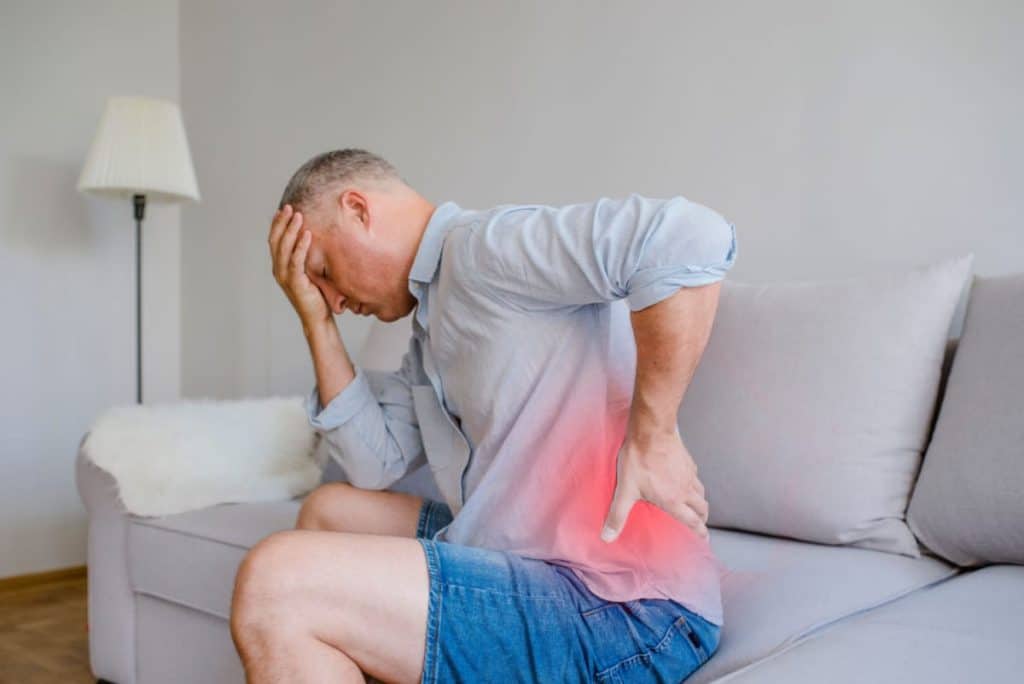Spinal pain that worsens with age may be caused by degenerative disc disease. This condition refers to the gradual breakdown of the intervertebral discs that cushion the spine and support flexibility. While the word “disease” suggests something abnormal, this process often develops as a natural part of aging. Still, the rate of progression and the severity of symptoms can vary. By learning how degenerative disc disease affects the body, individuals can take steps to slow its effects and maintain mobility.
How the Spine Changes as Discs Deteriorate
Each disc in the spine acts as a shock absorber, allowing the vertebrae to move without grinding against each other. These discs are made of a tough outer layer and a softer, gel-like center. Over time, the inner material begins to dry out and lose elasticity. This reduces the disc’s ability to cushion movement, which may lead to pain, stiffness, or inflammation. In some cases, the outer layer cracks or thins, allowing the disc to bulge or flatten. These changes may also affect nearby nerves, causing tingling or radiating discomfort in the arms or legs.
Several factors contribute to the pace and impact of degenerative disc disease. Genetics may increase the likelihood of earlier or more severe disc wear. Lifestyle habits such as smoking, lack of exercise, or poor posture can also accelerate breakdown. Heavy lifting, repetitive movements, or prior spine injuries may place additional stress on certain parts of the back. Inactivity plays a role as well; without regular movement, the discs receive less of the nutrients they need to maintain strength. Understanding these risks allows for more focused prevention efforts at any age.
Symptoms That May Signal Progression
Pain associated with degenerative disc disease often appears gradually and may feel worse with specific movements. Bending, lifting, or prolonged sitting can increase discomfort, while lying down or walking may offer relief. The pain may be localized or extend into the arms, legs, or buttocks depending on which part of the spine is affected. Some people experience numbness or a sensation of weakness, especially if a nerve root becomes compressed. These symptoms may come and go or become more persistent over time. Paying attention to these signs can help guide treatment decisions early.
Although disc wear cannot be reversed, certain habits may help slow progression and reduce symptoms. Regular low-impact movement such as walking, swimming, or stretching supports disc health by improving blood flow and flexibility. Strengthening the muscles that support the spine—especially the core—reduces strain and improves alignment.
Quitting smoking, staying hydrated, and maintaining a healthy weight also contribute to better disc integrity. Some individuals benefit from physical therapy or posture training to reduce stress on affected areas. These steps do not cure the condition, but they often reduce its impact on daily life.
When to Consider Medical Treatment
If lifestyle adjustments are not enough to manage pain or maintain activity levels, additional treatments may help. Providers may recommend physical therapy, anti-inflammatory medications, or targeted injections to reduce swelling and improve function. In more severe cases, spinal decompression or surgical procedures might be considered. Surgery is typically reserved for patients who have not responded to other treatments and who experience consistent nerve-related symptoms. Each care plan depends on the severity of the disc damage, the symptoms involved, and the individual’s goals for activity and comfort.
Consult Your Doctor on Degenerative Disc Disease
Degenerative disc disease does not always lead to disability. Many people live active, fulfilling lives with mild to moderate disc changes. By making small, consistent choices to support spinal health, individuals can often reduce pain and maintain flexibility. Staying informed, working closely with a provider, and adjusting habits based on changing needs create a framework for long-term wellness. While disc changes may be a normal part of aging, how one responds to those changes makes a meaningful difference.







